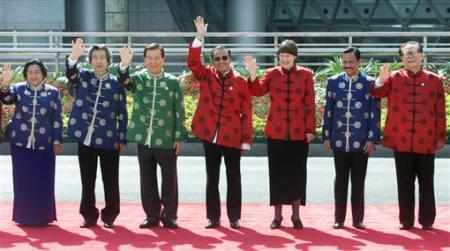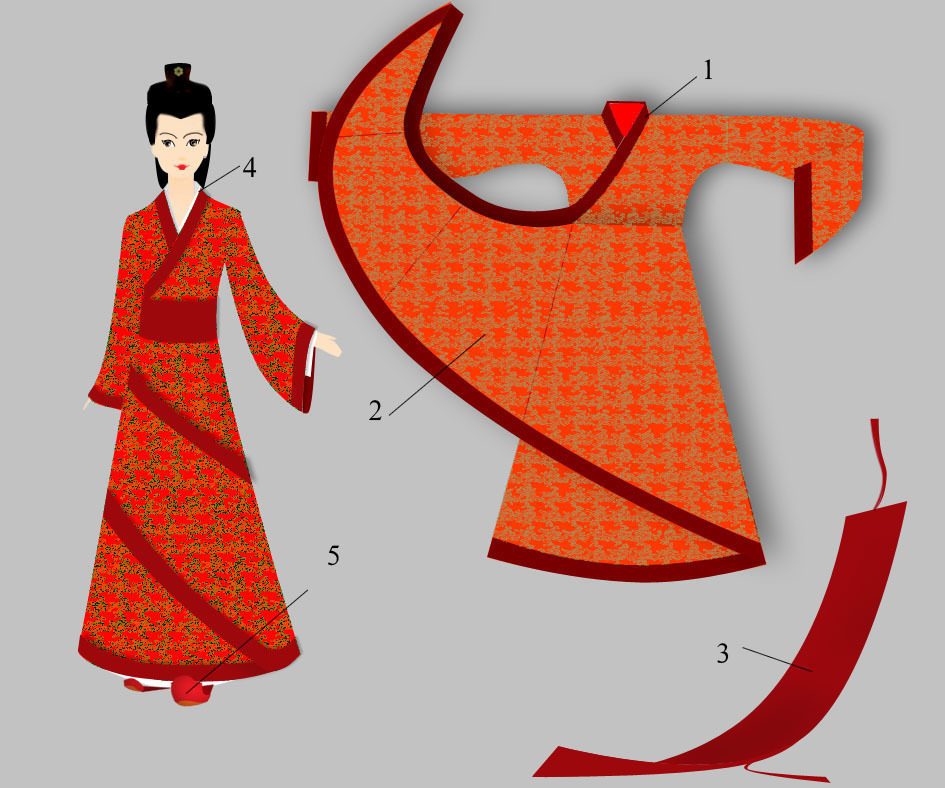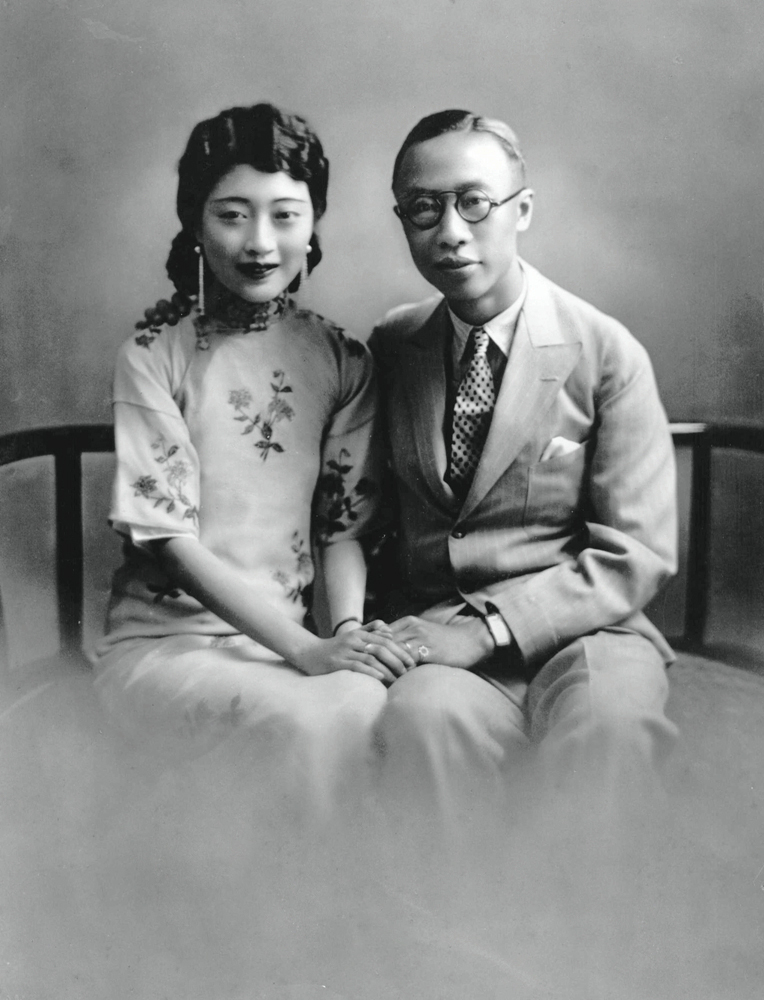Traditional Chinese Clothes that People Still Wear Today
Early this year, a girl in Utah caused a stir on social media for wearing a Chinese traditional Qipao to her high school prom. There were polarized views in regards to her choices, but personally I felt surprised at why some people were outraged at her wearing a Qipao. There is nothing wrong with pursuing beautiful things in life or embracing and showcasing another culture. I found myself wondering if I could get into trouble in the future, as usually when I love a culture I will try to integrate parts of it into my life, especially in regards to clothing… In any case, we could spend a long time arguing over this girls choices but one thing that can’t be overlooked is how her choices brought traditional Chinese clothing to the public’s spotlight. For that, we have to thank her, as Chinese traditional clothes, although beautiful are often forgotten or overlook abroad!

As a multicultural country with a long history, China has got a very diversified clothing culture. Each of its dynasties nurtured their own clothing traditions. On top of this, there is also variation between the clothing attire of China’s 56 ethnic groups.
So today I’ve chosen to introduce to you the three most popular clothes or clothing styles in China that are still worn by Chinese people today, including the polemic qipao.
Why does China not have a national attire?
Unlike the Kimono in Japan and Hanbok in Korea, there is not one single national attire that can represent China. This is because, traditional clothing in China is highly diversified and differs from area to area. Also, clothing once popular in a period of history was usually forgot or even abandoned by the next dynasty. On top of this, since the late 19th century, China experienced several profound changes during which cultural traditions have been lost and then partly rebuilt. Since then, western lifestyle has also been exerted a huge influence on Chinese modern culture and clothing styles, with many forgoing traditional attires.

But even then traditional clothing has never been forgotten. Today, there are mainly three types of traditional clothing styles: Hanfu (Han’s clothing), Tang Zhuang (Tang’s clothing), and qipao (also known as cheongsam)
Let’s take a detailed look at each of them in the chronological order.
汉服 Han Fu
Hànfú
Han Fu is actually the umbrella name for the traditional clothing of China. Han is the second unified dynasty in China’s history. (The first one is the Qin Dynasty, where the Terra-cotta Warriors originate from.) Han lasted for more than 400 years, during which China embraced its first golden age.
Due to its prosperity, Han also became a label of China and Chinese culture afterward. For example, the Chinese language is called “Han language” and the major ethnic group in China is the Han nationality. The great silk road was also started at this time
Han fu literally stands for “Han’s Clothes”.
But in Chinese classics, this word covers more significant things like the etiquette and courtesy, even the rules of the society. In the eyes of ancient Chinese, clothing is part of societal rules.

For average folks, the most formal clothes they can wear is 玄端 xuanduan, which consists of a black or dark blue top garment that runs to the knees with long sleeves (often with white piping), a bottom red long dress, a red bixi (which can have a motif and/or be edged in black), an optional white belt with two white streamers hanging from the side or slightly to the front, and a long black hat.
Today, wearing Hanfu has become a fashionable thing among many young Chinese, as you can see, there are many Hanfu societies in universities. People get together with their Hanfu collection, taking photos in traditional style and appreciating the beauty of traditional clothing.
唐装 Tang Zhuang
tángzhuāng
We move on from Han Fu to Tang Zhuang (Tang’s Clothing). Similar with the Han Dynasty, Tang is another peak dynasty along China’s history. During the mid-Tang era, the nation achieved unprecedented prosperity.
Tang is famous for its cultural integration and tolerance. There had been a huge cultural fusion between the empire and other parts of the world, including Japan, Korea Middle-east, and even European countries.
This was partly contributed to the fact that Tang’s royal family are half Han Half Xianbei nationality, a minor ethnic group from north-west China. So the clothing style of Tang is also quite diversified. Men wore Han style clothes in their daily life while putting on the clothes of northern nomadic nationality when riding horses and shooting. Tang is so influential that all Chinese people can also be called as Tang People (唐人). Chinatowns all over the world are referred to as “唐人街” (Tang people’s street).
(唐人街 tángrén jiē )
Back to today’s topic, the modern Tang Zhuang, contrary to the diversified clothing styles found in the Tang dynasty, usually refers to a single type of jacket, which is also named New Tang Zhuang. Like the picture below shows:
Not as complicated as the Hanfu, the Tang Zhuang jacket is more convenient to put on. It looks like a typical jacket but with traditional Chinese elements. This jacket received international prominence during the 200 APEC Summit as the leaders of the member countries all wore this while attending the meeting. This is also probably the only style you will find in Chinese clothing stores outside the country.
旗袍 Qipao
qípáo
Finally, we come to qipao. It has long been considered a symbol of the beauty. Qipao also originated from the ancient Hanfu and the female clothes in the late Qing Dynasty. (Qing is another dynasty reigned by an ethnic group, the Manchu people.) So qipao looks a little bit exotic if you think about it from a traditional Han culture’s perspective. During this dynasty, the qipao’s prototype was more conservative than the tight body style one we find today, as for example, the waist part was flat rather than figure hugging.
The qipao we see today appeared in the early 20th century when the Qing dynasty had already been overturned by modern revolutionists. It was widely popular among females in southern China, as it perfectly shows their slim figures, and makes them look gracefully.

Qipao has gone international since then and has become a symbol of Chinese culture. The price of a fine qipao can be very high since they are all hand-made using premium silk. Just like the formal dress in western culture, a good qipao is always tailored according to the owner’s figure.
Do you want to buy Chinese clothes? Chinese shopping sites are very popular not only with the Chinese but also with people in other countries.
Copyright Notice: Everyone is welcome to forward the articles in this blog as long as the links to these articles are also included.

